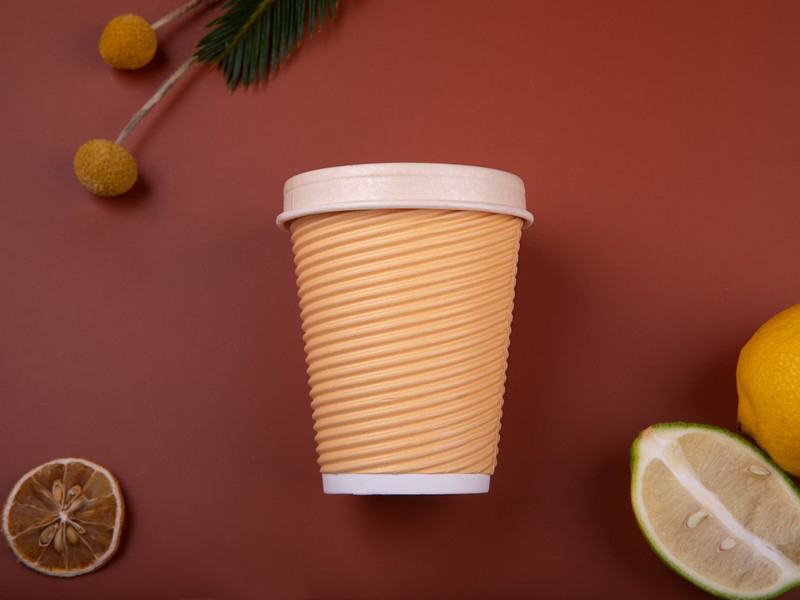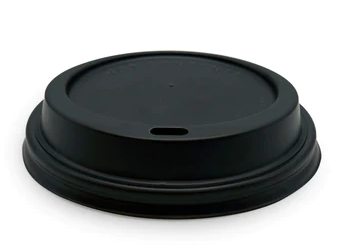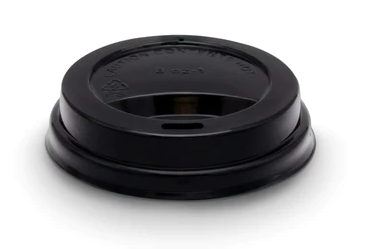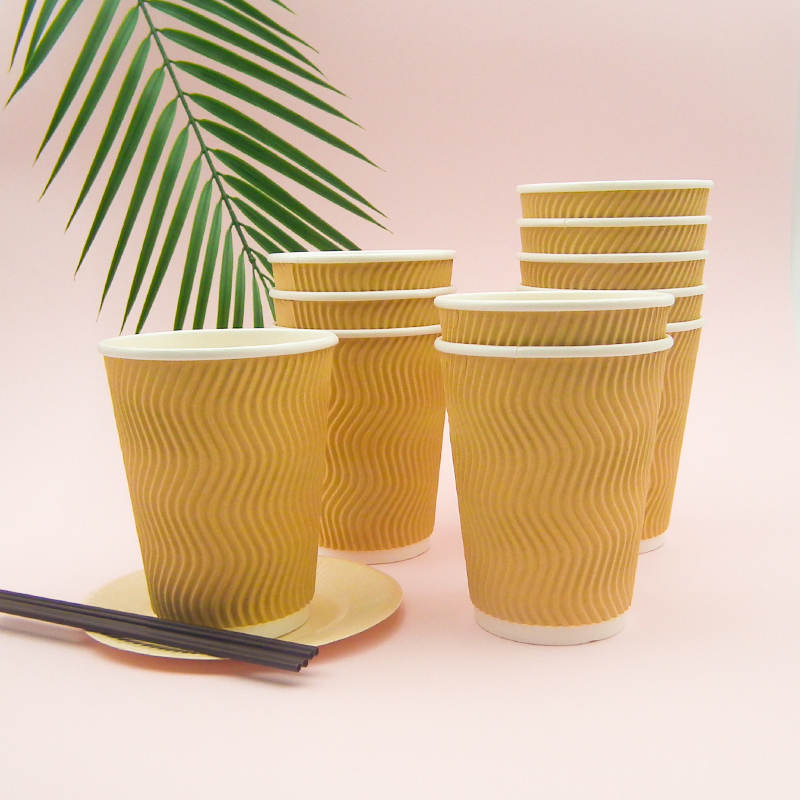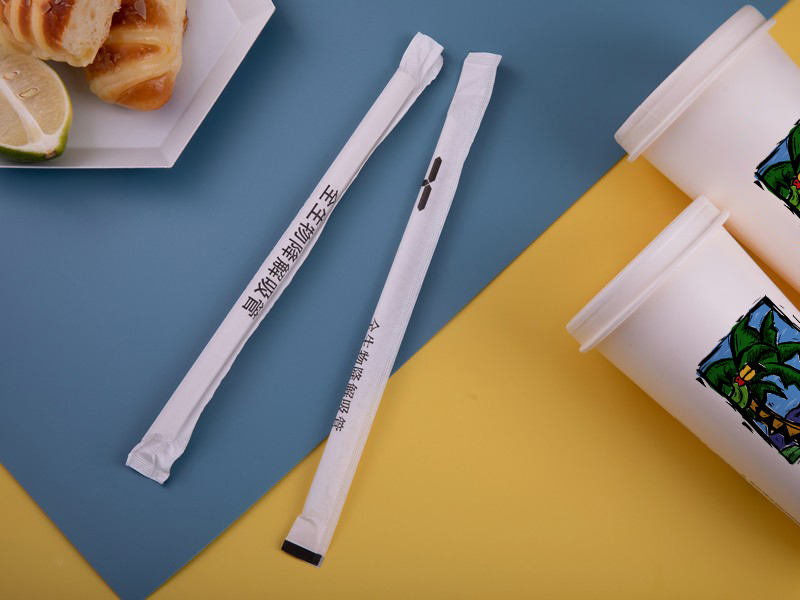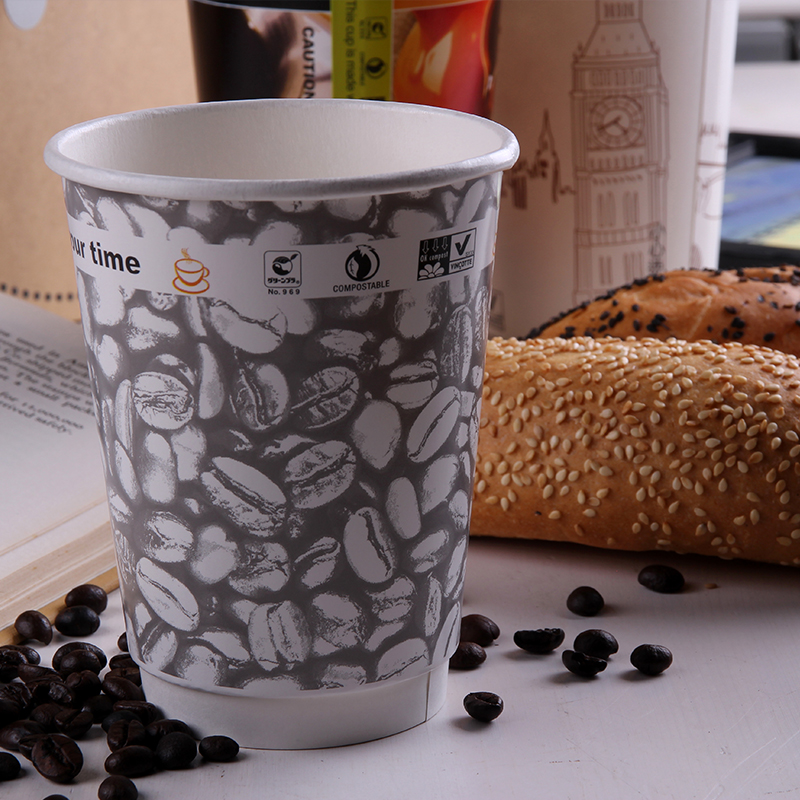
The demand for sustainable, environmentally friendly products has surged in recent years. Among these, water-based coatings for paper cups have gained significant attention for their ability to combine functionality with reduced environmental impact. This article explores what water-based coatings are, their applications in paper cups, and how they compare to traditional coatings, offering a deep dive into the future of eco-conscious packaging.
What Is Water-Based Coating?
Water-based coating, aka Aqueous coating, is a type of protective layer used on various materials to enhance their durability, resistance to moisture, and overall performance. Unlike traditional coatings that often rely on heavy plastics or solvent-based chemicals, water-based coatings use water as the primary solvent. This minimizes the need for harmful volatile organic compounds (VOCs), making them safer for both humans and the environment.
These coatings are formulated with a mix of polymers, resins, and additives that, once applied, create a thin yet durable barrier. Upon application, the water evaporates, leaving behind a solid layer that provides the desired properties, such as water resistance and heat protection.
What is a Water-Based Coating Paper Cup?
Water-based coating paper cups are an eco-friendly alternative to traditional disposable cups coated with polyethylene (PE) or polylactic acid (PLA). These cups are designed to reduce environmental harm while maintaining the functionality required for holding liquids.
The water-based coating serves as a barrier, preventing liquids from seeping through the paper. This innovation addresses the challenge of recyclability, as traditional PE-coated cups are often rejected in recycling streams due to the difficulty of separating the plastic lining from the paper. In contrast, water-based coatings are easier to re-pulp, enabling these cups to be more readily integrated into the recycling process.
Key Features of Water-Based Coating Paper Cups
Reduced Plastic Content
While not entirely plastic-free, water-based coatings significantly reduce plastic usage compared to PE and PLA alternatives. Some formulations contain less than 3% plastic, a stark contrast to the 8-15% typically found in PE-coated cups.
Recyclability
These cups can be processed in conventional paper recycling facilities, simplifying waste management and reducing contamination in recycling streams.
Compostability
Industrially compostable water-based coated cups can break down under specific conditions of heat, humidity, and bacterial activity, making them a viable option for circular waste systems.
Heat Resistance
Water-based coatings provide excellent insulation, making them suitable for both hot and cold beverages without compromising the structural integrity of the cup.
Benefits of Water-Based Coating Paper Cups
Environmental Benefits
One of the primary advantages of water-based coating paper cups is their reduced environmental impact. By minimizing the use of conventional plastics, these cups contribute to lower greenhouse gas emissions during production and disposal. Furthermore, their compatibility with recycling and composting systems helps mitigate the burden on landfills.
Improved Customer Experience
These biodegradable paper cups are designed with the end user in mind. They are lightweight, durable, and safe for food contact. Unlike some biodegradable alternatives, water-based coatings do not impart any unwanted odors or flavors to the beverage, ensuring a superior drinking experience.
Cost-Effectiveness for Businesses
Adopting water-based coating paper cups can enhance a brand’s eco-conscious reputation, which resonates with modern consumers. Businesses can leverage this as a competitive edge while also benefiting from the reduced regulatory risks associated with single-use plastics.
Why Is Water-Based Coating for Paper Cups Trending in Coffee Shops?
Water-based coating is trending not only because of its sustainable and practicality. The trend of water-based coatings in coffee shops is driven by a combination of environmental consciousness, performance improvements, consumer demand, regulatory pressures. They are explained as below:
Environmental Conscience:
Eco-friendly: Water-based coatings are compostable and recyclable, aligning with coffee shops' increasing focus on sustainability. This resonates with environmentally conscious customers, boosting brand image and potentially attracting new customers.
Reduced plastic waste: Replacing PE plastic linings with water-based coatings eliminates environmental concerns like microplastic pollution and landfill waste.
Positive marketing: Highlighting the use of sustainable cups can be a strong marketing tool, attracting eco-conscious consumers and showcasing the coffee shop's commitment to environmental responsibility.
Performance Improvements:
Heat and grease resistance: Advancements in technology are improving the performance of water-based coatings, making them effective for holding hot coffee and greasy pastries.
Improved printability: Some water-based coatings offer better surfaces for logos and designs, allowing coffee shops to showcase their brand on every cup.
Consumer Demand:
Growing awareness: Consumers are increasingly aware of the environmental impact of traditional plastic-lined cups, driving demand for more sustainable alternatives.
Willingness to pay more: Studies show that many consumers are willing to pay a premium for eco-friendly coffee cups, making water-based coatings a potentially profitable choice for coffee shops.
Regulatory Pressures:
Government policies: Initiatives like Canada's Federal Plastic Waste Reduction Strategy and provincial EPR programs incentivize the use of sustainable packaging, making water-based coatings an attractive option for complying with regulations.
Potential future bans: Some countries are considering or implementing bans on single-use plastics, including disposable cups. Using water-based coatings helps coffee shops prepare for such regulatory changes.
Beside of the reasons above, safety concern is an additional factor that help water-coating for paper cups become more popular. The water-coating is safe because of:
Composition: They are typically made from a blend of natural and synthetic materials like starches, cellulose, acrylics, and polylactic acid (PLA). These materials are all considered safe for food contact and do not contain BPA or PFAS.
Regulations: They comply with food safety regulations set by organizations like the US Food and Drug Administration (FDA) and the European Union's Food Contact Materials Regulation (FC Regulation).
Microplastics: Unlike PE plastic linings, they don't release microplastics into beverages, minimizing a potential health concern.
Chemical leaching: Reputable manufacturers ensure their coatings meet safety standards and do not leach harmful chemicals into hot or cold beverages.
Is Water-Based Coating Paper Cups Right for Your Coffee Shop?
Coffee shops should consider switching to water-based coating paper cups in several situations, for example:
If you're all about eco-friendly paper cups and attracting conscious customers: these cups rock the compostable and recyclable scene, minimizing waste and wowing green-loving customers.
If you're looking to boost your brand image and be a sustainability leader: with water-based coating paper cups, you can show off your commitment to the planet and stand out from the crowd with innovative eco-friendly practices.
If you can handle a little extra cost upfront and want to be prepared for the future: Governments, including Canada are getting tough on single-use plastics. Be ready with cups that comply with new regulations.
However, the cost of water-based cups might be unreasonable, particularly for small businesses seeking to engage in sustainable practices. In this case, PLA-coated paper cups will be your coffee shop solution. This kind of paper cup is both biodegradable and affordable. They don't contain BPA or PFAS and go great with hot and cold drinks.
Single-wall paper cups: leak-proof and long-lasting. This is a low-cost solution that is simple to personalize with stickers or a name.
Double-wall paper cups: long-lasting, outstanding insulation that keeps drinks hot for longer, and a natural look that gives customers a positive experience.
Conclusion
Water-based coating paper cups represent a significant step forward in sustainable packaging. By addressing the limitations of traditional disposable cups and offering a greener alternative, they cater to the growing demand for environmentally responsible products. As innovation in this field continues, water-based coatings could become the standard for eco-friendly beverage containers.


